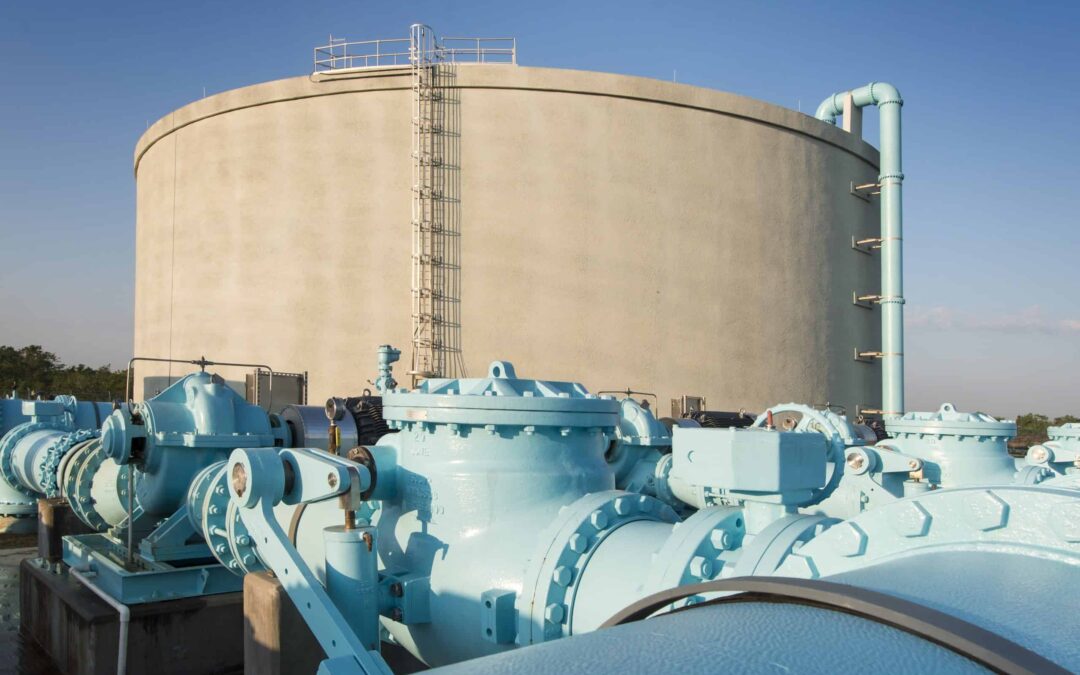Water is a precious resource, and ensuring its safe and efficient storage is paramount. Steel water storage tanks play a crucial role in meeting this demand, providing durability, reliability, and longevity. In this article, we will delve into the key aspects of designing, constructing, maintaining, and repairing steel water storage tanks.
Design:
The design of steel water storage tanks involves careful consideration of factors such as capacity, location, seismic conditions, and environmental impact. Engineers must adhere to industry standards and regulations to ensure the structural integrity of the tank. The design process also includes selecting the appropriate type of steel, corrosion protection methods, and the incorporation of safety features.
Construction:
Constructing a steel water storage tank requires skilled professionals and adherence to strict construction standards. The process typically involves assembling steel sheets to form the tank’s shell, followed by welding to ensure a watertight seal. Foundation construction is critical, as it provides the necessary support for the tank’s weight. Quality control measures are implemented throughout the construction phase to identify and rectify any defects, ensuring the longevity of the tank.
Maintenance:
Regular maintenance is essential to prolong the life of steel water storage tanks and prevent issues such as corrosion or leaks. Inspection schedules should be established, including checks for signs of corrosion, coating integrity, and overall structural soundness. Periodic cleaning is crucial to prevent sediment buildup, which can compromise water quality. Maintenance also involves monitoring and, if necessary, replacing components such as valves, gaskets, and other wear-prone elements.
Corrosion Protection:
Corrosion is a significant concern for steel water storage tanks. Various protective measures are employed, including the application of protective coatings such as epoxy or galvanized coatings. Regular inspections help identify areas where corrosion may be occurring, allowing for prompt remediation. Additionally, cathodic protection systems can be installed to further mitigate the risk of corrosion.
Repair:
Despite robust design and maintenance efforts, steel water storage tank may require repairs over time. Prompt identification of issues is crucial to preventing further damage. Repairs may include patching small leaks, replacing corroded sections, or recoating the interior and exterior surfaces. The repair process should adhere to industry standards, ensuring that the tank continues to meet safety and regulatory requirements.
Environmental Considerations:
The environmental impact of steel water storage tank extends beyond their functionality. Sustainable practices should be incorporated into their design and construction, considering factors such as energy efficiency and recyclability. Additionally, measures should be taken to minimize the potential for contamination and ensure the safe disposal of materials used in maintenance and repair.
In conclusion
Steel water storage tanks are integral to securing a reliable and safe water supply. Proper design, construction, maintenance, and repair are essential to maximizing their effectiveness and lifespan. By adhering to industry standards, implementing corrosion protection measures, and considering environmental factors, we can ensure that steel water storage tanks continue to play a vital role in meeting the world’s water needs.

